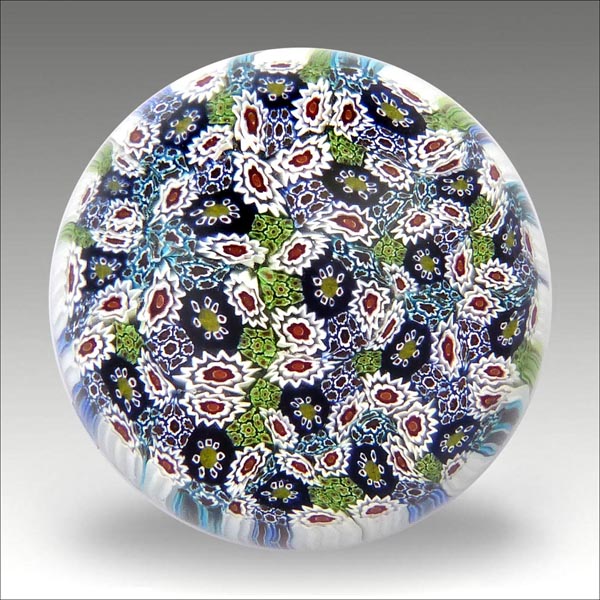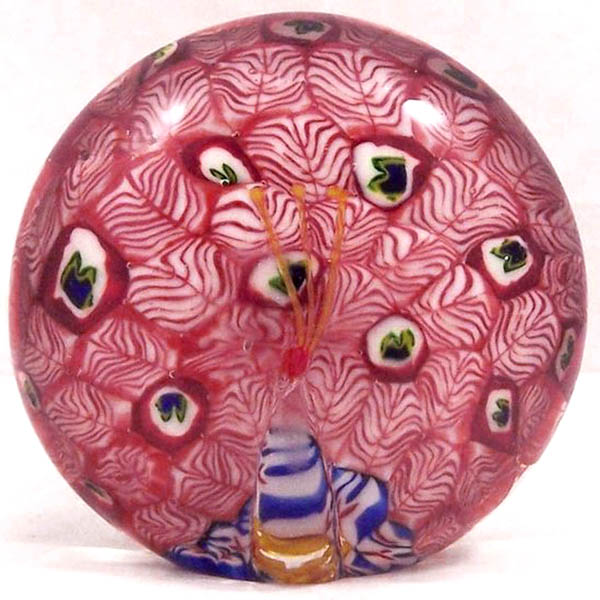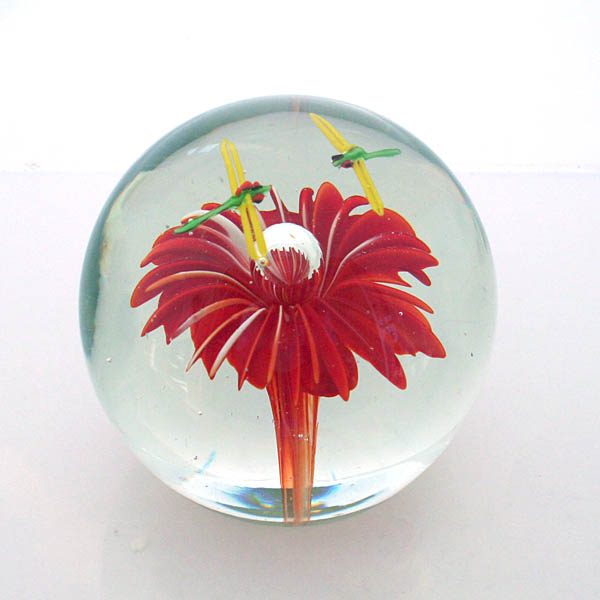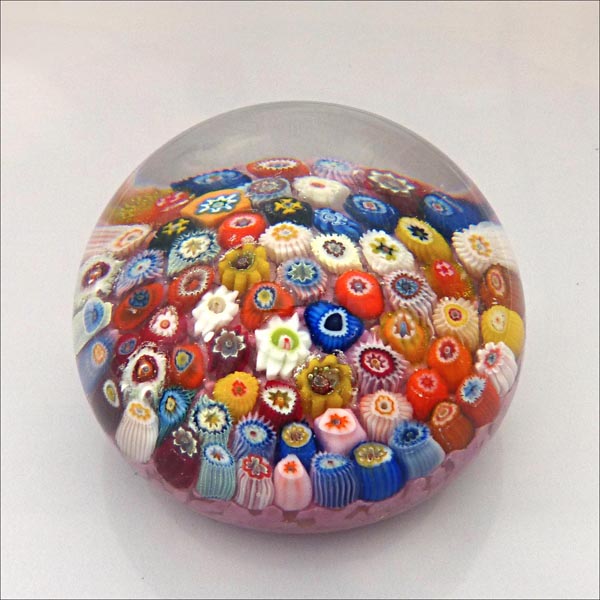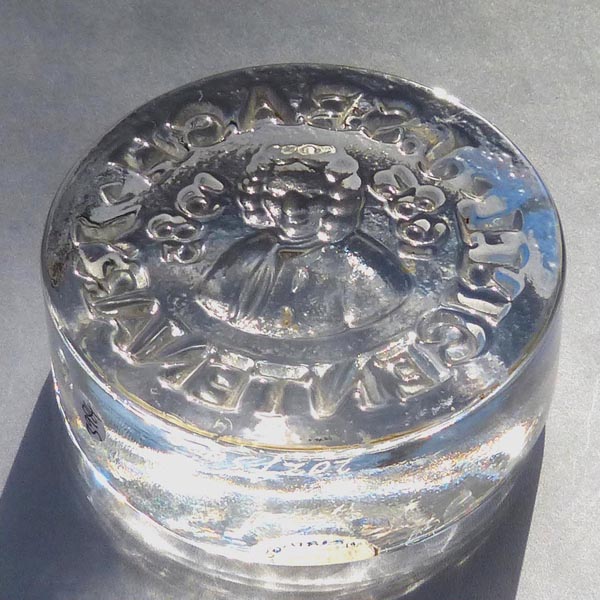The Paperweight People
Identification
(we are happy to try and help if you send us an image)
There is no simple way to identify the manufacturer of every paperweight that you find. Even excluding glass animals and advertising paperweights, there are an estimated 35 million paperweights in circulation! A few thousand companies or studios have produced at least a few paperweights over the past 150 years, and many are still in circulation. But there are some important clues and techniques to help narrow down the possibilities, and maybe indentify the precise age and maker. Experience helps a lot, but the more you read, the more you talk to other collectors about paperweights, the less difficult it becomes. That said, some paperweights stump everybody!
To start with, where did you get the paperweight? From a paperweight dealer, or an antiques dealer? From ebay, or a car boot sale? What were you told about it? How was it described? Unless you got it from a reputable paperweight dealer, the attribution may well be a little inaccurate, or even completely wrong. And even dealers make mistakes. What country did you buy it in?
Does the weight have a maker's mark of some kind? Perhaps a signature, or signature cane, or an etched mark on the base, or an impressed emblem? How about a label - but remember that sticky labels can fall off or be removed, and re-applied to the wrong paperweight.
If there is no obvious mark, does the weight match any designs or styles in the many books on paperweights that exist? Is it millefiori or lampwork, or both? What is the glass like - is it heavy crystal, or soda glass? Is it clear, or tinted?
Most (maybe 95%) of the paperweights you will find are relatively cheap, and have come from a relatively small number of sources, so it is worth considering these first. But there are many small studio glass makers that make a few paperweights from time to time, so some of the abstract swirls and bubbles weights you come across may have originated in that way. Many paperweights originate from either China, Italy (Murano), Bohemia, or Scotland (Caithness in particular, Strathearn, Perthshire, John Deacons, Peter McDougall, Peter Holmes, Willie Manson and others). All these produce or have produced expensive high quality weights as well as less expensive ones.
The most expensive paperweights are often French ones (maybe from Clichy, Baccarat, St Louis, Pantin or St Mandé), American ones (NEGC, Boston & Sandwich, or modern lampwork of the highest skill), old English paperweights (Bacchus, Richardsons, Walsh Walsh, or Arculus), or certain antique Bohemian paperweights.
Here are a few examples of the more commonly found types of less expensive paperweight (those typically costing between £1 and £20) - the more expensive weights are well covered in many books (see the Books catalogue pages).




